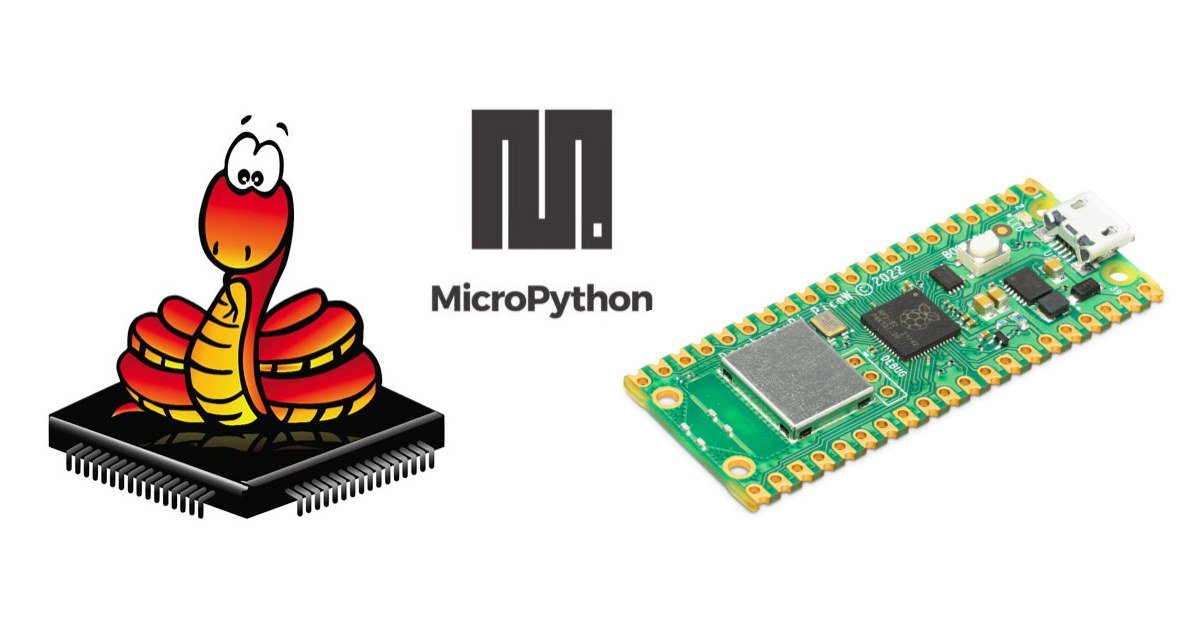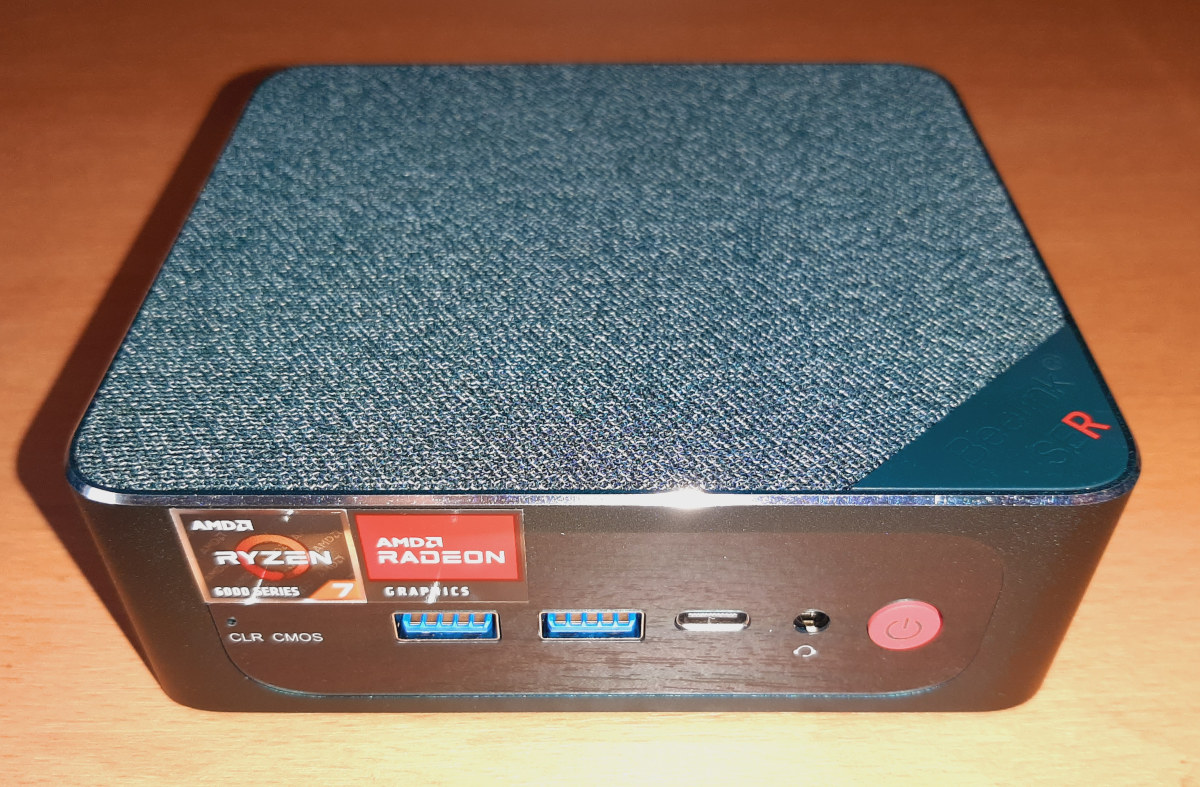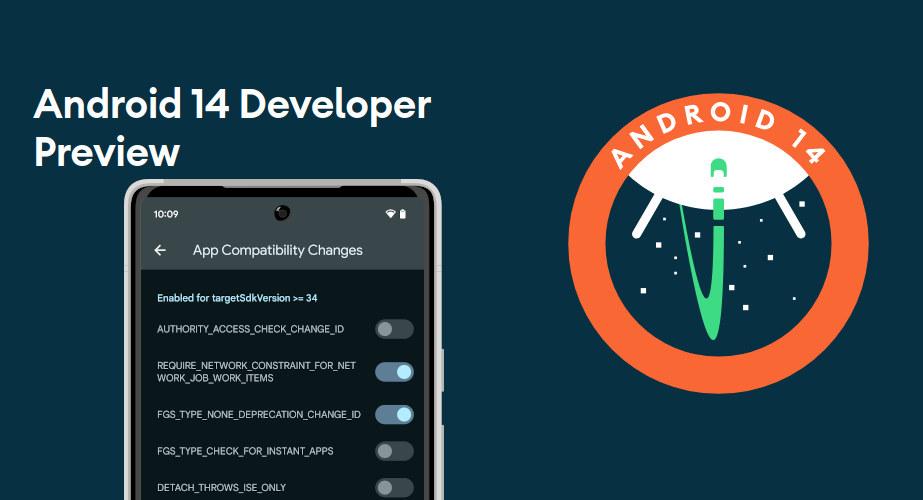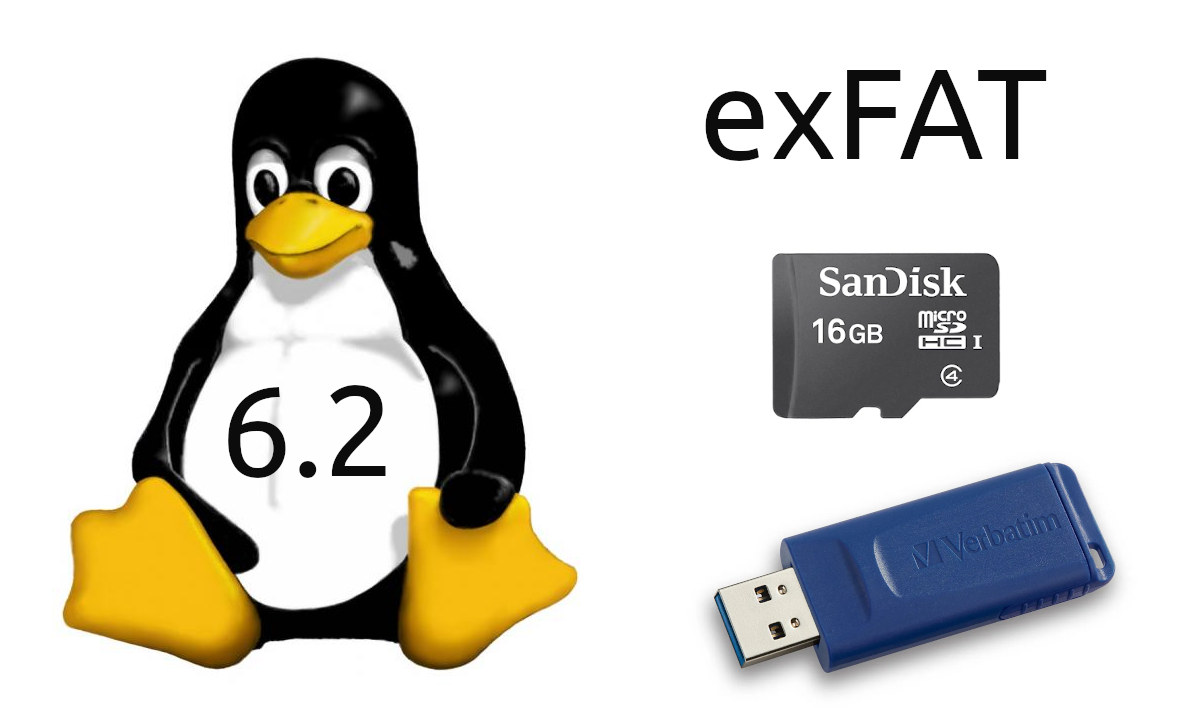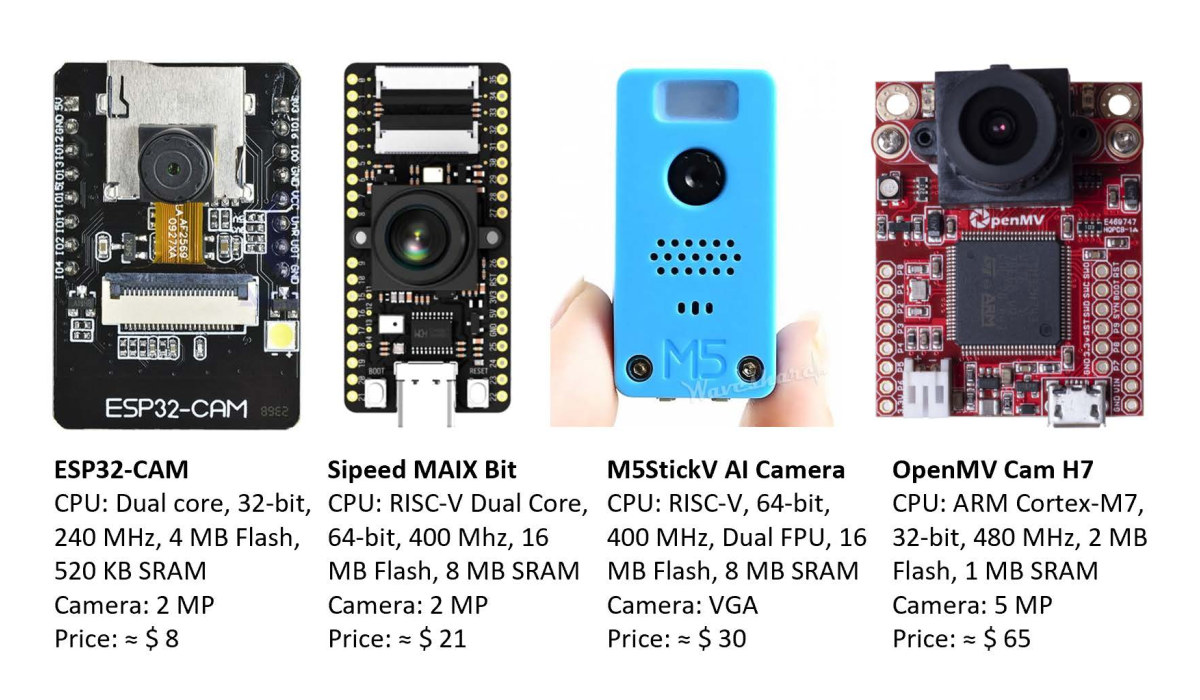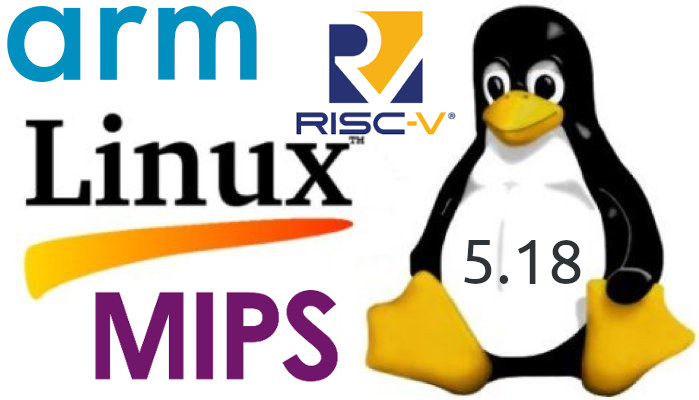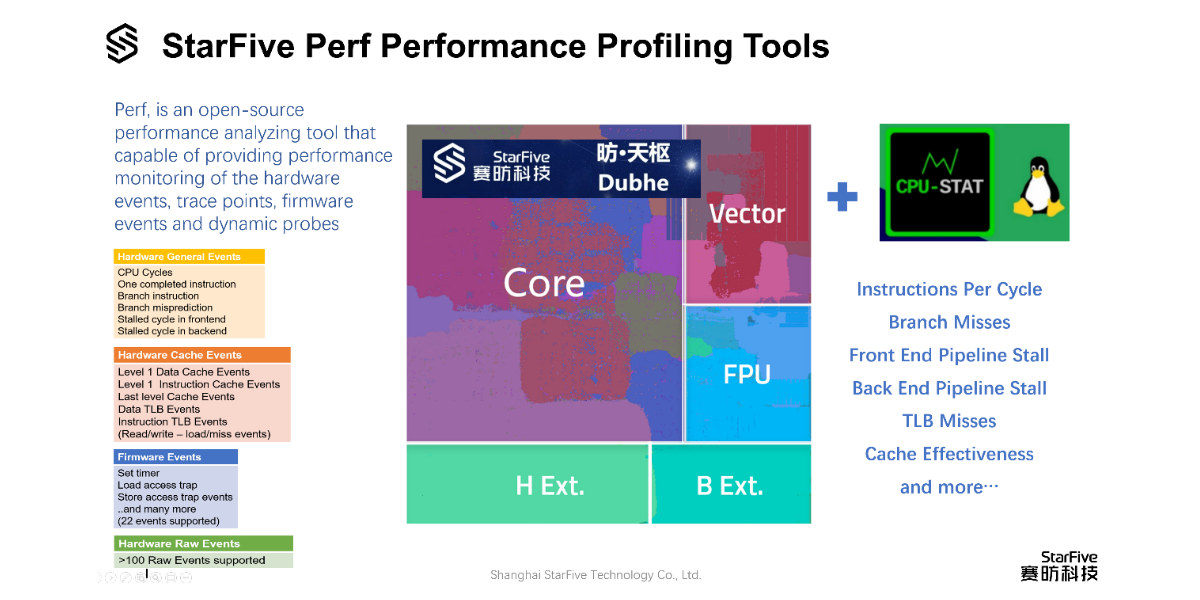Damien George has recently announced the release of MicroPython 1.20 with support for the Raspberry Pi Pico W board., a new lightweight package manager called mip, a smaller footprint thanks to the use of compressed type structs, and many other changes. mip package manager The new mip package manager uses a custom protocol optimized for embedded systems to query and install packages, and intends to replace upip for installing packages from micropython-lib or any URL. Mip can be run directly on a device, as long as it has network connectivity, or via mpremote from a host computer. Damien explains all pure-Python drivers have been moved from the micropython repository to the micropython-lib repository as part of the change in order to make it easier to install the packages needed for a given project. MicroPython is getting smaller The MicroPython binary size has been reduced by many kilobytes for all ports […]
Beelink SER6 Pro mini PC review – Windows 11, Ubuntu 22.04, and USB4
Beelink upgraded their earlier SER6, which used an AMD Ryzen 5 6600H processor with integrated AMD Radeon 660M graphics, and released the SER6 Pro which has a faster AMD Ryzen 7 6800H processor with much more powerful integrated AMD Radeon 680M graphics. Beelink kindly sent a SER6 Pro unit for review however since receiving the mini PC, Beelink have ‘refreshed’ the processor to use an AMD Ryzen 7 7735H also with AMD Radeon 680M graphics, and called it the SER6 Pro Refresh. As a result, this review looks at Windows performance which should be indicative for both versions, together with a quick look at running Ubuntu and also a more detailed look at the USB4 port which is a new inclusion to Beelink’s mini PCs. Update: you may be interested in the review of the Beelink SER6 Pro 7735HS – in Windows 11 only – as we’ve also received it […]
Android 14 developer preview brings enhancements to performance, privacy, security, and user customization
Google has just released the first developer preview of Android 14 with productivity improvements for developers, as well as enhancements to performance, privacy, security, and user customization. Android 14 aims to work better across devices and form factors with improved support for tablets and foldables and adds window size classes, sliding pane layout, Activity embedding, and box with constraints, etc… To help developers, the company also published “Get started with large screens” documentation and released a Cross-device SDK preview. The new version of the mobile operating systems also further streamlines background work to optimize system health and battery life and provide a better end-user experience. This is achieved through updates to JobScheduler and Foreground Services, optimized broadcasts most of which are internal to Android 14, and a new “Exact alarms” permission since it consumes more resources. Android 14 also introduced some user-facing changes with bigger fonts up to 200% with […]
Linux 6.2 exFAT update to improve performance when creating files and directories
The exFAT file system is about to get faster in Linux 6.2, at least when creating files and directories, with the performance boost especially noticeable on low-end processors. Microsoft released the exFAT specification and announced Linux support in August 2019, which was followed by a new exFAT implementation in Linux 5.7 (June 2020) from Samsung. But people are still working on improving exFAT Linux support, and Yuezhang Mo, an engineer at Sony, committed a patchset for Linux 6.2 that reduces repeated traversal of directory entries to boost the performance of exFAT: After traversing all directory entries, hint the empty directory entry no matter whether or not there are enough empty directory entries. After this commit, hint the empty directory entries like this: 1. Hint the deleted directory entries if enough; 2. Hint the deleted and unused directory entries which at the end of the cluster chain no matter whether enough […]
TinyML-CAM pipeline enables 80 FPS image recognition on ESP32 using just 1 KB RAM
The challenge with TinyML is to extract the maximum performance/efficiency at the lowest footprint for AI workloads on microcontroller-class hardware. The TinyML-CAM pipeline, developed by a team of machine learning researchers in Europe, demonstrates what’s possible to achieve on relatively low-end hardware with a camera. Most specifically, they managed to reach over 80 FPS image recognition on the sub-$10 ESP32-CAM board with the open-source TinyML-CAM pipeline taking just about 1KB of RAM. It should work on other MCU boards with a camera, and training does not seem complex since we are told it takes around 30 minutes to implement a customized task. The researchers note that solutions like TensorFlow Lite for Microcontrollers and Edge Impulse already enable the execution of ML workloads, onMCU boards, using Neural Networks (NNs). However, those usually take quite a lot of memory, between 50 and 500 kB of RAM, and take 100 to 600 ms […]
Linux 5.18 release – Main changes, Arm, RISC-V, and MIPS architectures
Linux 5.18 is out! Linus Torvalds has just announced the release on lkml: No unexpected nasty surprises this last week, so here we go with the 5.18 release right on schedule. That obviously means that the merge window for 5.19 will open tomorrow, and I already have a few pull requests pending. Thank you everybody. I’d still like people to run boring old plain 5.18 just to check, before we start with the excitement of all the new features for the merge window. The full shortlog for the last week is below, and nothing really odd stands out. The diffstat looks a bit funny – unusually we have parsic architecture patches being a big part of it due to some last-minute cache flushing fixes, but that is probably more indicative of everything else being pretty small. So outside of the parisc fixes, there’s random driver updates (mellanox mlx5 stands out, […]
StarFive releases Perf tool for highest performance RISC-V IP Dubhe (Sponsored)
As a StarFive Technology in-house developed RISC-V 64-bit ultra-high-performance core, Dubhe showcases the best performance RISC-V CPU core IP yet. It utilizes the latest RISC-V instruction set which includes RV64GC, bit operation extension (B), vector extension (V) V1.0, and hypervisor extension H (Hypervisor), making it ideal for high-performance computing. To pair with the Dubhe performance core, StarFive is now releasing “StarFive Perf Performance Profiling Tool”. StarFive has made Perf compatible with the hardware performance monitor (HPM) and micro-architecture events at the hardware level. Perf provides a reliable performance verification platform that not only facilitates customers to further discuss the Dubhe technical specifications but also accelerates the implementation of high-performance applications with RISC-V processors. Perf is an open-source and Linux-based performance analyzing tool capable of providing performance monitoring of the hardware events, tracepoints, firmware events, and dynamic probes. With the Perf profiling tool, we can monitor the performance of the predefined […]
Ubuntu 22.04 LTS “Jammy Jellyfish” released
Canonical has just released Ubuntu 22.04 LTS “Jammy Jellyfish” right on schedule. The new version of the Linux operating system provides cloud confidential computing, a new real-time kernel for industrial applications, Arm optimization, support for Raspberry Pi SBCs, as well as support for enterprise Active Directory, PCI-DSS, HIPAA, FIPS, and FedRAMP compliance. Confidential Computing aims to improve data protection and privacy in public clouds without requiring any changes to existing application deployments, and Ubuntu 22.04 supports Azure Confidential VMs. Speaking about cloud computing, Canonical also says they optimized Ubuntu 22.04 LTS images for AWS Graviton for greater performance on Arm servers. The new real-time PREEMPT_RT kernel is currently in beta and available for both x86 and Aarch64 architectures. It is designed for telco (5G gateways) as well as other latency-sensitive applications such as industrial automation and robotics. Ubuntu 22.04 LTS is also the first long-term support release with Ubuntu Desktop […]


